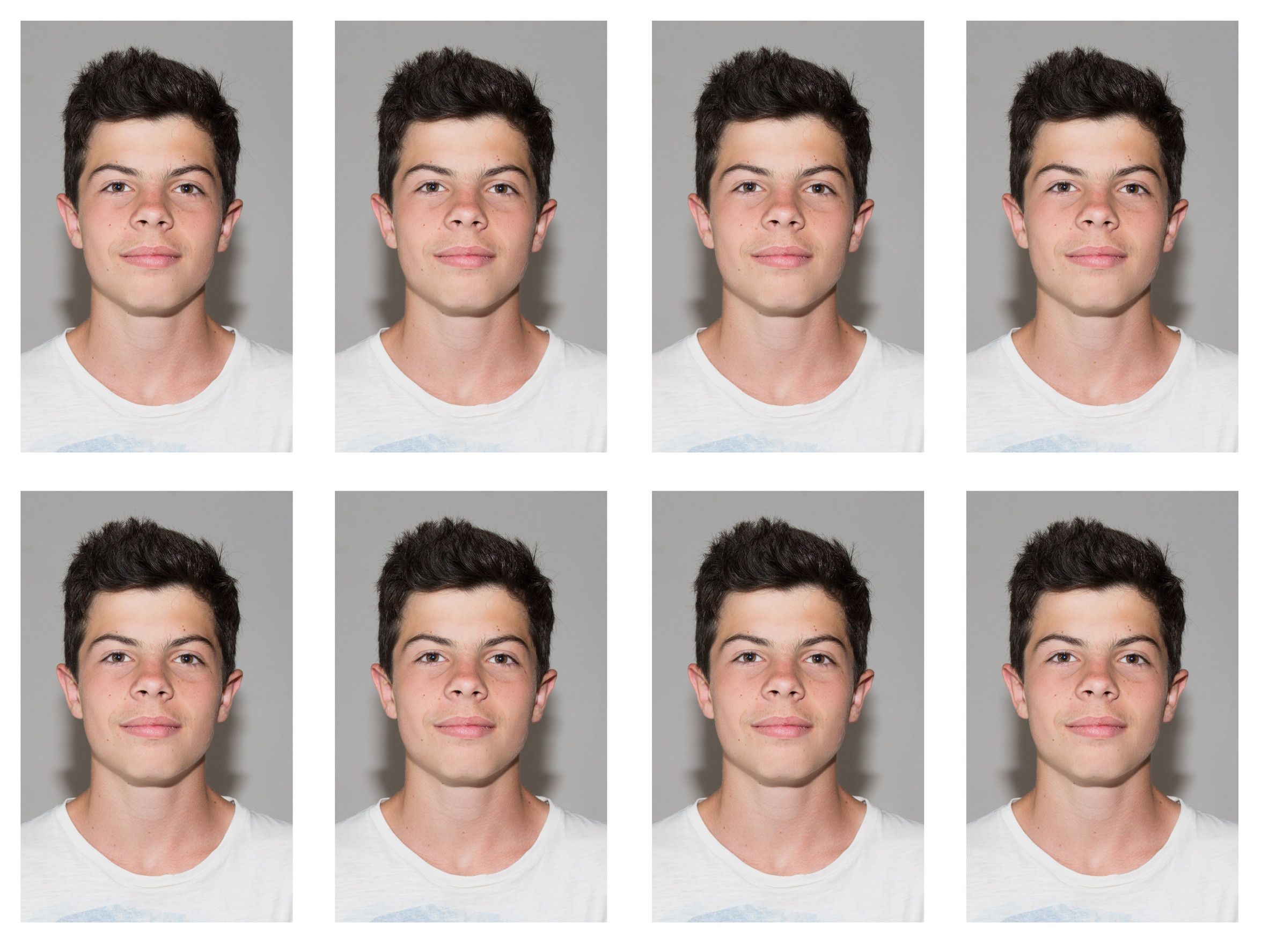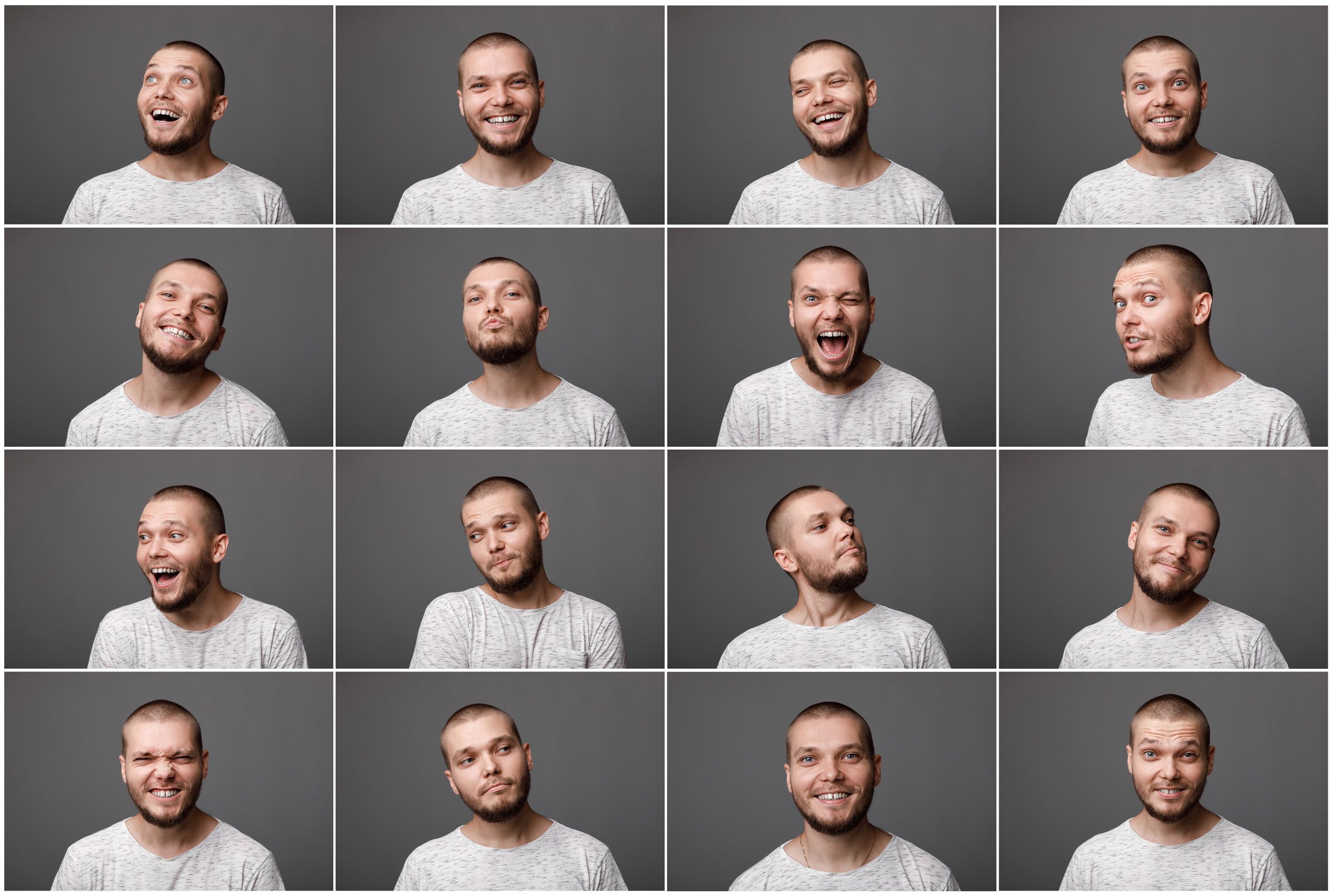
If you're planning to apply for a visa to Thailand, it's important to ensure that you have a photo that meets the country's specific requirements. In this guide, we'll outline the Thailand visa photo requirements so that you can avoid any delays or issues with your application.
Accepted photo formats for Thailand visa applications
- Thailand accepts digital photos for visa applications. You can either upload a digital photo when submitting your application online or provide a physical photo when applying in person at a Thai embassy or consulate.
- Size and dimensions of visa photos for Thailand
- The size and dimensions of Thailand visa photos must be 3.5 x 4.5 cm, which is roughly 1.4 x 1.8 inches. The photo must be a standard passport-style photo with a clear, front-facing view of the applicant's face.
Background and lighting requirements for Thailand visa photos
- The background of the photo should be white or off-white, without any patterns or designs. The lighting should be even and not too bright or too dark. Avoid shadows or glares on the face or background.
Clothing and appearance guidelines for Thailand visa photos
- Applicants should wear neat and tidy clothing with no visible logos or text. Avoid wearing hats or head coverings, unless it's for religious or medical purposes. Glasses are allowed, but the frames should not cover the eyes. Contact lenses are also acceptable.
Photo composition rules for Thailand visa applications
- The applicant's face must take up between 70-80% of the photo. The face must be centered and not tilted or turned to the side. The applicant must have a neutral expression with their mouth closed and eyes open. Avoid smiling or frowning in the photo.
Common mistakes to avoid when taking Thailand visa photos

Some common mistakes to avoid when taking Thailand visa photos include:
- Wearing hats or head coverings that aren't for religious or medical reasons
- Wearing clothing with visible logos or text
- Tilting the head or turning to the side
- Smiling or frowning in the photo
- Having a shadow or glare on the face or background
- Tips for getting the best results for your Thailand visa photo
To ensure that your Thailand visa photo meets all of the requirements, here are some tips to keep in mind:
- Take the photo in a well-lit area with a neutral background
- Wear neat and tidy clothing without any logos or text
- Position yourself directly in front of the camera with a neutral expression
- Avoid tilting or turning your head
- Use a high-quality camera or smartphone with a good resolution
How to obtain a professional Thailand visa photo
If you're unsure about how to take a Thailand visa photo that meets all of the requirements, you can have your photo taken professionally. Many photography studios offer visa photo services that ensure your photo meets all of the necessary requirements. Some pharmacies and print shops may also offer visa photo services.
In conclusion, the Thailand visa photo requirements are fairly straightforward, but it's important to ensure that your photo meets all of the specific guidelines. By following the tips and guidelines outlined in this guide, you can ensure that your visa application process goes smoothly and without any delays.
Photo Specs
Photo Size: The passport photo should be 2 inches x 2 inches, while the visa photo should be 60mm by 40mm.
Color: The photo must be in color. Black and white photos are not accepted.
Head Size and Position: The head should take up 70-80% of the photo, and it should be centered with the person looking straight ahead.
Recency: The photo must have been taken within the last six months.
Background: The background should be solid white without any patterns or prints.
Facial Expression: A neutral expression is required, with no smile and no teeth showing.
Eyes: The eyes should be open and directed straight into the camera.
Glasses: Glasses are allowed as long as they don't block the visual of the eyes.
Headgear: Religious or medical headgear is acceptable.
Dimensions and Size: The minimum resolution should be 1200 dpi.
Attire: It is recommended to avoid wearing light-colored clothing in the photo.
Beard: There are no specific guidelines regarding facial hair.
Quantity: Two identical photos are needed for the application.
Thailand Passport and Visa Photo Guidelines and Specifications
While the Quick Facts provided a good starting point, there are more detailed specifications to consider when taking a passport or visa photo, whether taken professionally or by oneself. Here are some additional guidelines to help eliminate guesswork and expedite the process:
- Precise Sizing: The exact measurements for passport and visa photos are non-negotiable, so ensure sizing is accurate depending on the required document.
- Proper Lighting: Lighting is a crucial aspect of passport and visa photos. Overexposed or underexposed pictures are not acceptable, and shadows on the face or background should be avoided. Maintain even lighting.
- Neutral Expression: Smiling is not permitted in passport or visa photos. Keep a neutral expression with your mouth closed.
- Glasses: Glasses are acceptable, but frames should not be thick, lenses must be glare-free, and there should be no tint on the glass.
- Open Eyes: Eyes should be facing directly toward the camera and wide open, without red-eye. Any digital alterations are not allowed, and a new photo must be taken if red-eye occurs.
- Headwear: Headwear such as hats or other accessories are not allowed, except for headpieces worn for medical or religious reasons. The face and ears must be entirely visible.
- Clothing: Avoid wearing light-colored clothing or uniforms.
- Beards: While not specified, a good rule of thumb is that if you typically wear a beard, it's acceptable.
- Proper Head Position: Ensure your head is squared off with the camera, and the tops of your shoulders are in view.
- No Glare: Avoid any glare on the background caused by a flash or other lighting.
By following these guidelines and specifications, applicants can ensure their passport or visa photo meets the requirements of the Thai government and avoid any unnecessary delays or rejections.
Passport And Visa Regulations Apply To Babies, Infants, And Newborns
Passport and visa regulations apply to babies, infants, and newborns traveling outside of Thailand. A separate passport or visa and an individualized photo taken within the last 6 months are required, regardless of age. However, taking photos of small children can be challenging, so additional details need to be considered:
- Toys, bottles, and pacifiers are not allowed in the photo.
- Parents are not permitted to be in the photo with their infant. If holding the baby, hands and arms cannot be visible.
- Infants can be placed on the floor or in a car seat, with a white cloth behind them to ensure a solid white background.
- The final photo must show the infant's eyes open, mouth closed, and facing the camera. The head should take up 70-80% of the photo, just like an adult's photo.
Frequently asked questions
Passport photos should be 2 inches x 2 inches, while visa photos should be 60mm by 40mm.
Yes, photos must be taken in color. Black and white photos are not accepted.
The head should take up 70-80% of the photo and should be centered with the applicant looking forward.
The photo must be taken within the last six months.
The background should be solid white only, with no patterns or prints.
No, applicants must maintain a neutral expression with no teeth showing.
Yes, the eyes must be open and directed into the camera.
Glasses are acceptable if they do not block the visual of the eyes. The frames should not be thick and there should be no glare or tint to the lenses.
Headgear is only acceptable for religious or medical purposes, and the applicant's face and ears must be completely visible.
Applicants should avoid wearing light colored clothing, but there is no specific dress code.
Yes, infants and children require their own passport or visa photos. Parents cannot be in the photo with their child, and the child should have a neutral expression with eyes open and mouth closed. Toys, bottles, and pacifiers should not be in the photo.

To help us improve